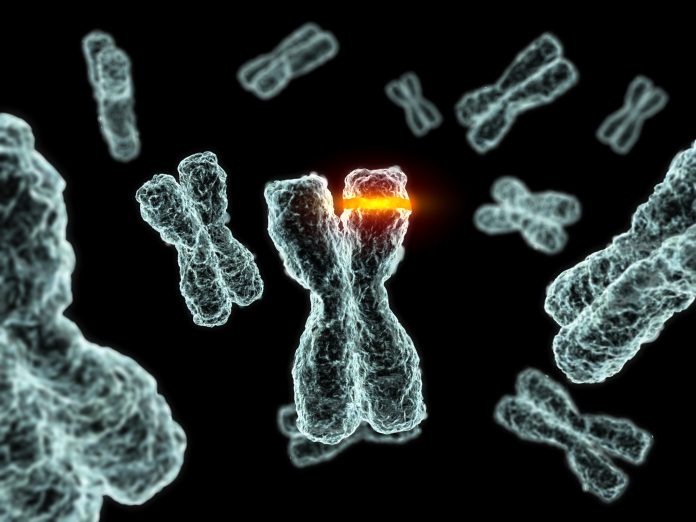
Researchers at NYU Grossman School of Medicine have estimated that around 13,200 men and 2,300 women over the age of 50 in the U.S. have VEXAS syndrome, a rare disease that vexed clinicians for years until its genetic basis was identified in 2020.
The syndrome, which has a high mortality rate, is characterized by unexplained fevers and low blood oxygen levels in people diagnosed with other diseases such as rheumatoid arthritis, lupus, and blood cancer. Roughly half of the people with VEXAS die within five years, according to the study which was published Tuesday online in the Journal of the American Medical Association (JAMA). The syndrome has been classified as an autoimmune condition, as its symptoms are linked with an overactive immune system causing inflammation.
According to the NYU researchers, their study can help raise awareness of the syndrome while also pointing to treatments that have been shown effective in controlling symptoms such as high-dose steroids, Janus kinase inhibitors, and bone marrow transplantation.
“Now that we know VEXAS syndrome is more common than many other types of rheumatologic conditions, physicians need to add this condition to their list of potential diagnoses when confronted by patients with persistent and unexplained inflammation and low blood cell counts, or anemia,” said geneticist David Beck, MD, PhD, the study’s lead investigator. Beck also led the federal research team that initially identified the shared UBA1 mutation among VEXAS patients.
To develop their estimates of the prevalence of VEXAS syndrome, the researchers analyzed the health records of more than 163,000 mostly white men and women in Pennsylvania who consented to have a blood test to screen their DNA for signs of genetic disease. These medical records are part of the Geisinger MyCode Community Health Initiative, which has been collecting patient data from the Geisinger system for more than 25 years. Of those screened, 12 were found to harbor the UBA1 mutation and all exhibited symptoms of the syndrome. Their study showed that in people over the age of 50, one in every 4,269 men and one in 26,238 women have or are likely to develop the syndrome—a higher rate of prevalence than other rare inflammatory conditions including vasculitis and myeloid dysplasia syndrome.
“Our study offers the first glimpse of just how common VEXAS syndrome is in the United States, particularly among men, who also happen to be the most to die from it,” says Beck, who is leading several clinical research efforts into VEXAS syndrome at NYU Langone’s Center for Human Genetics and Genomics.
Next steps in the NYU research include analyzing the patient records of a more racially diverse patient population, with a focus on those with higher rates of rheumatologic and blood disease, in order to develop a more accurate assessment of people who are most at risk of developing VEXAS. In addition, the team will also look for additional genetic causes of the syndrome, search for effective therapies to treat it, and develop a blood test for UBA1 to aid in its diagnosis.













